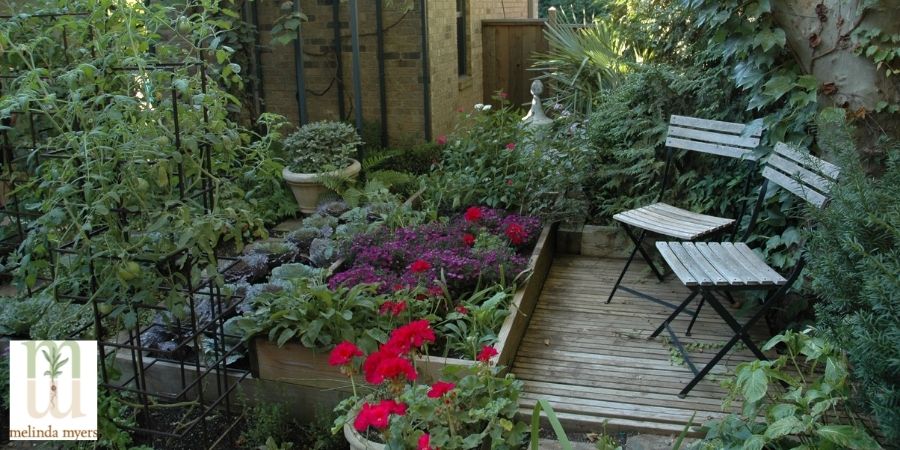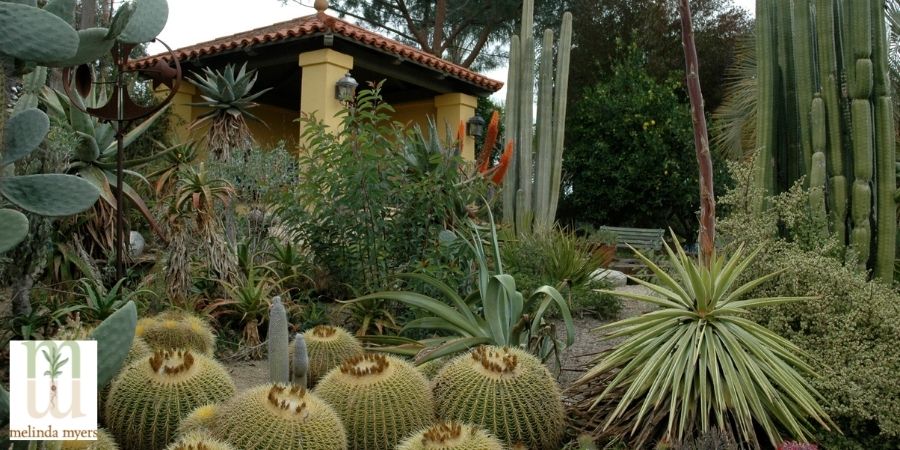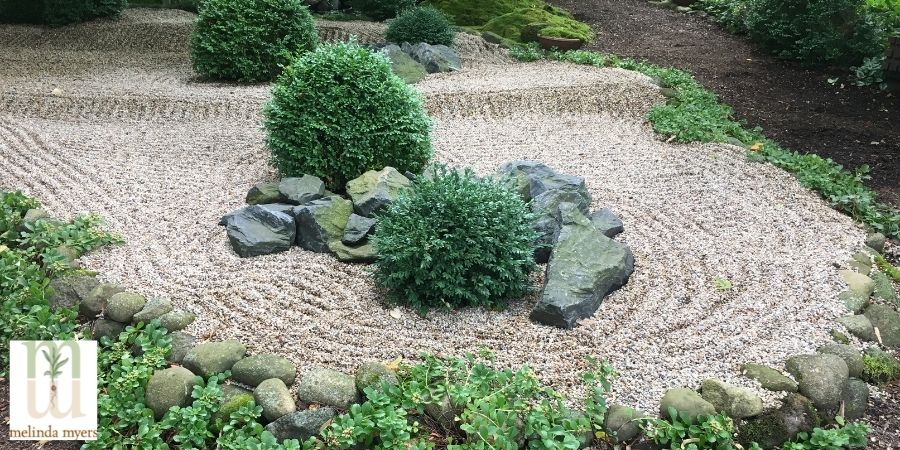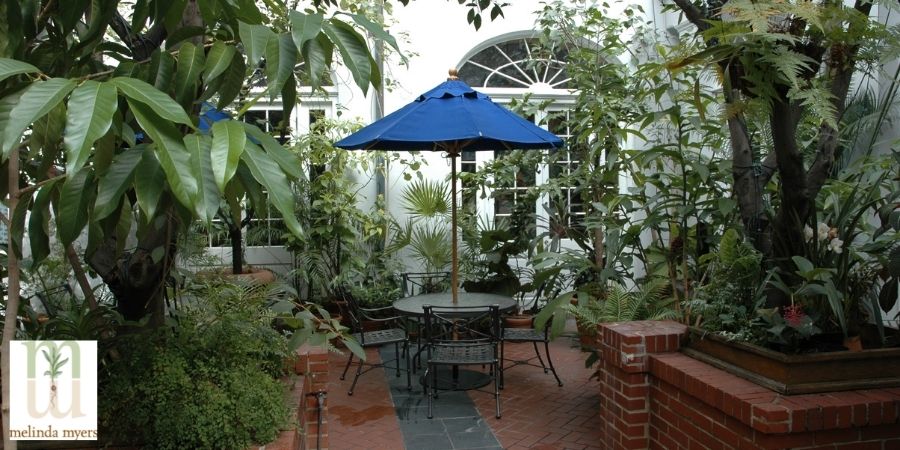Health Benefits of Gardening
- horticulturist and gardening expertFebruary 12, 2022
Gardening is good for your body, mind, and spirit. As gardeners, we know we feel better when we dig, plant, and even weed the garden. Now research confirms what we have experienced first-hand. If you’re not a gardener, it is time to get started and reap the many benefits.
Gardening is a great workout that has the added benefits of tasty vegetables, colorful flowers, and beautiful landscapes. The Center for Disease Control and Prevention lists gardening as one of the exercises that help offset weight gain and childhood obesity. You’ll burn calories, strengthen muscles, increase flexibility and improve cardiovascular health. In just half an hour you can improve your landscape and burn 162 calories raking, 182 weeding, and a whopping 250 calories by turning the compost pile. A workout in the garden doesn’t feel like work to me. Plus, when I receive double or triple the benefit from my time and energy, the more likely I am to complete any task.
A University of Arkansas study found that yard work, as well as weight training, more significantly maintained bone density than aerobics, dancing, or bicycling in women over 50. And if that isn’t enough to convince you, researchers at the University of Pennsylvania found gardening also contributes to a good night’s sleep.
Regular exercise, including gardening, also helps improve cognitive functions. A 2006 study found gardening could lower the risk of dementia by as much as 36%.

Outdoor gardening also boosts our Vitamin D levels essential for hundreds of body functions including strengthening your bones and immune system. Exposing a large amount of skin to sunlight for 10 to 30 minutes several times a week can produce sufficient levels of Vitamin D for most people. Use sunscreen, wear a wide-brimmed hat and protect your eyes when gardening outdoors for longer periods. Extend your enjoyment by gardening in the shade or during the cooler hours of the day
You’ve probably noticed that you are happier and less anxious after spending time in the garden. A 2011 study found gardening helped people recover from stressful activities. The test group reported an improvement in their moods and their blood tests showed lower levels of the stress hormone cortisol after 30 minutes of gardening.
YOU may be known for telling others that you feel better when digging in the dirt, scientists now know why. They recently made a positive connection between soil microbes and human health including our emotional and mental state. Additional studies with cancer patients reported they were less stressed and experienced a better quality of life when exposed to this antidepressant microbe.
Scientists think this soil bacterium activates immune cells that impact the production of serotonin, often referred to as the “happy molecule”. Serotonin is associated with brain function, mood, and a sense of well-being, generating feelings of happiness and relaxation. Insufficient serotonin levels have been linked to depression, anxiety, obsessive-compulsive disorder, and bipolar problems.
Further research is investigating the potential of using these non-addicting antidepressant soil microbes to help improve cognitive function and manage diseases like Crohn’s and rheumatoid arthritis.

If you are worried about contaminants in your soil, invest in organic potting and planting mixes and dig in. Create a few container gardens to beautify your patio, deck, or front steps or build raised bed gardens. Help the youngsters in your life create fairy gardens in a pot or grow a container of grass for their action heroes or dolls to play upon.
Don’t worry if all your gardening happens indoors. You’ll experience many of the same mental and emotional benefits. It also can help create a more healthful environment. Research by NASA and the Associated Landscape Contractors of America (now known as the National Association of Landscape Professionals) found some of our popular houseplant's help eliminate air pollutants like volatile organic compounds found in homes and office buildings. There is some debate as to how their lab results relate to growing plants in a home. But it certainly can’t hurt.
Your houseplants do help reduce stress and elevate your mood.
One study found employee creativity and productivity increased by 45% and 38% respectively when plants were added to a previously barren environment. Texas A&M researchers found people surrounded by plants had improved concentration and memory, less stress, increased energy and tended to be more positive. When I experience writer’s block a half an hour in the garden helps the words begin to flow.
In 2020 a study out of Japan had workers take a three-minute break to care for or look at their desk plant whenever they felt fatigued. At the end of the four-week study participants’ anxiety levels dropped and 27% of participants also experienced a drop in their pulse rate.
Further, increase these and other gardening benefits by creating a relaxing space in your landscape or on your balcony. You don’t need much room to craft a stress-free green zone. Just take some clues from other garden styles known for their ability to move you to a peaceful state.
If you crave order and simplicity a Zen-inspired Garden may be for you. These gardens include clipped shrubs, raked sand and gravel, and minimal plantings. Zen gardens are about controlling the surroundings to create a sense of peace and a space for meditation.

The key is simplicity. Select a few of your favorite elements when creating your own Zen-style Garden. Use rocks to symbolize islands, mountain ranges, and other natural features. Rake patterns into sand and gravel beds to symbolize water. And strategically add color with groundcovers of moss, creeping phlox, and rockcress. Only add a few small-scale cedars, yews, and Japanese maples for additional greenery. Include a place to sit and use bamboo fencing, screens, or clipped hedges to create a sense of intimacy or privacy as needed.
If this seems too extreme, incorporate a few small changes in your current landscape to create those feelings of peace and relaxation. Consider color and texture when building any outdoor space for relaxation and meditation. This emphasis on color when creating a relaxing garden getaway is called Geo-sense in the Netherlands. Focus on cool colors such as greens, blues, and violets that are calming and peaceful. Select colors adjacent to each other on the color wheel that blend and flow versus contrasting colors that can be a bit unsettling or too invigorating. Avoid white that can be jarring; instead, use less harsh grays and silvers. The same applies to textures.
Enlist some traditional landscape design principles to help create the quiet space you desire. Block unwanted noise and views with plantings or a fence. Leave openings to view any beautiful surroundings like a nearby garden, neighboring park or attractive vista. These openings create a sense of spaciousness so welcome in space-challenged locations.
Add a fountain or other water feature. Looking at and listening to flowing water has a calming effect that can lower blood pressure and your heart rate. It also helps mask the surrounding clamor in your neighborhood allowing you to focus and relax.
You’ll also enjoy the birds and butterflies the water and plants attract to the garden. Bird watching is a very meditative activity. While waiting to spot your favorite or never-seen-before feathered visitor you’ll have time to reflect and think calming thoughts.
Maintain that feeling of calm by keeping maintenance to a minimum. Select the right plant for the growing conditions and available space. You’ll spend less time keeping these plants healthy, pest-free, and pruned to fit the space. Grow fewer types and more of each type of plant in large groupings or in masse whenever possible. Not only does it create a calming space it means less maintenance for you.

Keep plants healthy with minimal effort by providing proper care. Water thoroughly and only when needed to encourage deep drought-tolerant roots. Mulch the soil to conserve moisture, suppress weeds, and improve the soil as it decomposes. Use Milorganite, a low nitrogen slow-release fertilizer to encourage healthy above-ground growth and root systems. You will make fewer applications since Milorganite provides a steady flow of nutrients for 6 to 8 weeks.
No garden, no worries. Take a walk in the woods or other nearby green spaces and give forest bathing a try. The goal of this practice is to slow down and become immersed in nature. Take a slow walk on a gentle path and take time to engage all five senses along the way. Turn the cell phone off and listen to the birds, smell the scents that fill the air, and experience all aspects of the surrounding woodlands. Engaging in nature helps clear your mind of clutter as you relax into the moment.
Studies found forest bathing reduces blood pressure and stress. It increases focus and energy levels while improving sleep and much more.
Spending time outside in metro green spaces also has many benefits. A research team with the U.S. Forest Service found including green natural spaces in urban areas has a significant impact on public health and the economy. Their research found people living in cities with metro green spaces experienced increased birth weights, reduced symptoms of attention-deficit hyperactivity disorder (ADHD), better school performance and decreased crime, vascular disease, and Alzheimer's disorder. They calculated the health cost benefits provided by nature result in $6.8 billion savings in the United States.
So, get outside, dig in and take advantage of all that nature has to provide.

